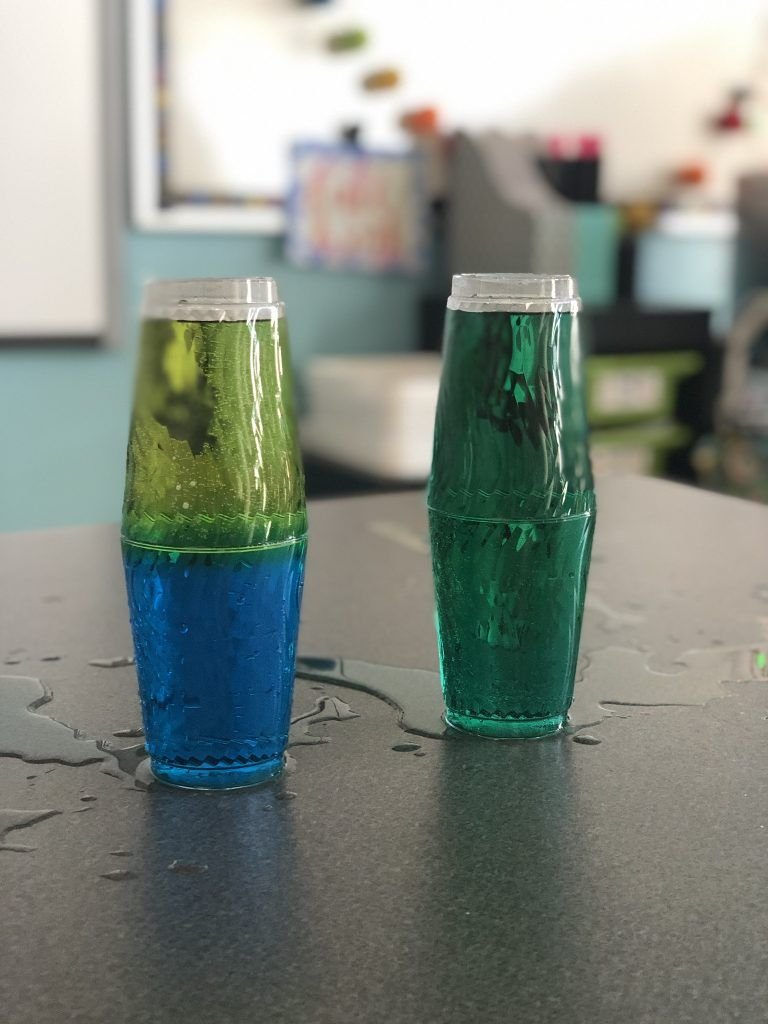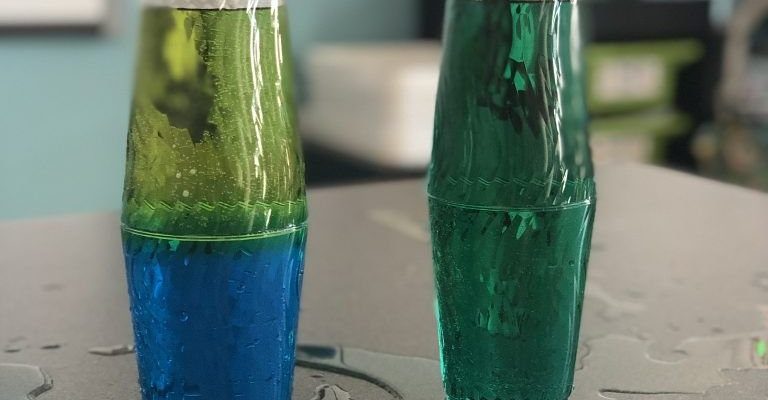
In this article, we’ll explore how mudworms can be integrated into school science demonstrations. We’ll cover everything from their habitats to their unique characteristics and how to handle them safely during demonstrations. Think of mudworms as the underappreciated superheroes of the soil—they play an essential role in our ecosystems, and showing students their significance can inspire a deeper understanding of the environment.
What is a Mudworm?
Mudworms, also known as *Nereis virens* or *Alitta virens*, are marine worms that thrive in soft, muddy environments like estuaries and coastal areas. These worms can grow up to 10 inches long, and they come with a set of fascinating features. They have segmented bodies and bristles that help them navigate through the sediment. You might be wondering why these worms matter in a classroom setting.
Showing students what mudworms look like can spark interest. You can explain their anatomy—how their body is made up of segments—and let students observe these features up close. Engaging students with visuals helps them grasp concepts better than textbooks alone. Pictures or live demonstrations can highlight how these worms move, eat, and reproduce, making biology come alive.
Why Use Mudworms in Science Demonstrations
Using mudworms in science demonstrations offers a hands-on learning experience that textbooks simply cannot replicate. Here’s the thing—it’s one thing to read about marine biology, but it’s another to actually see and interact with a mudworm. Think of it like touching a snowflake; you can read about them all day, but experiencing one in person is a whole different story.
Additionally, mudworms can serve as an introduction to ecosystems and food webs. You can discuss how these worms contribute to the health of marine environments by aerating the soil and serving as food for fish and birds. By connecting live demonstrations to broader ecological themes, students gain insight into how organisms interact within their habitats.
How to Prepare for Mudworm Demonstrations
To ensure your mudworm demonstrations run smoothly, preparation is essential. First, gather the necessary materials, such as a clear container for housing the worms, silt or mud from their natural habitat to mimic their environment, and some basic tools for observation like magnifying glasses.
Here are some steps to follow when preparing your demonstration:
- Gather Supplies: Ensure you have everything you need, including containers, water, and the mudworms.
- Set Up the Environment: Create a habitat that resembles where mudworms live. This could involve filling a clear container with mud and water.
- Observe and Discuss: Once your mudworms are settled, engage students in discussions about their characteristics, behaviors, and roles in the ecosystem.
Planning ahead will make your demonstration more effective and enjoyable for everyone!
Engaging Students with Hands-On Activities
Getting students involved is key to a successful mudworm demonstration. You might consider setting up different activities that allow them to explore the worms through various lenses. For example, let students handle the worms (with proper guidance) or observe their movements and behaviors.
Some engaging activities include:
- Observation Journals: Have students keep journals where they draw and describe what they see.
- Feeding Experiment: Discuss what mudworms eat and organize a feeding session to observe their behavior.
- Habitat Exploration: Discuss the different habitats where mudworms are found, and allow students to research and present on various ecosystems.
Involving students in hands-on activities can spark curiosity and encourage a deeper understanding of biological concepts.
Safety and Handling Tips
While mudworms are generally safe to handle, it’s essential to prepare students for safe interactions. Discuss hygiene practices like washing hands before and after handling the worms. It’s also a great idea to emphasize that the worms should be treated gently.
Here are some practical tips for safe handling:
- Gentle Touch: Remind students to hold the mudworms softly to avoid harming them.
- Hygiene: Ensure everyone washes their hands thoroughly after the demonstration.
- Supervision: Always supervise students during handling to ensure they follow safety practices.
By focusing on safety, you help create a respectful environment for both the students and the mudworms.
Comparing Mudworms with Other Organisms
You might want to contextualize mudworms by comparing them to other similar organisms, such as earthworms or marine polychaetes. While they all serve vital roles in their respective environments, each one has unique traits. Earthworms, for instance, live in soil and help aerate it, while mudworms play a crucial role in marine ecosystems.
Discussing these comparisons can lead to deeper conversations about habitats and ecosystems. You can encourage students to think critically about why certain organisms thrive in specific environments. This can be an excellent opportunity for group discussions or projects where students research different organisms and their ecological roles.
Using mudworms in school science demonstrations is not just a fun activity; it’s a powerful way to connect students with the natural world. By observing these creatures, students can develop a better understanding of biology, ecosystems, and environmental science. As they engage in hands-on experiences, they’ll see firsthand how important mudworms—and other organisms—are in maintaining a healthy ecosystem.
So, whether you’re introducing mudworms to your classroom for the first time or integrating them into a broader science curriculum, remember: these little creatures can inspire big questions and curiosity. With thoughtful preparation and engaging activities, you’re sure to create a memorable and educational experience for your students.

